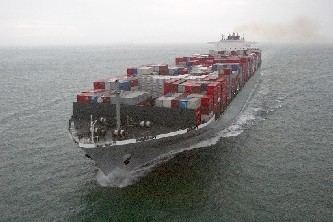
Marine auxiliary machinery - various installations on board
Ships are large, complex vehicles which must be self-sustaining in their
environment for long periods with a high degree of reliability. A ship is
the product of two main areas of skill, those of the naval architect and
the marine engineer.
The naval architect is concerned with the hull, its construction, form, habitability and ability to endure its environment. The marine engineer is responsible for the various systems which propel and operate the ship. More specifically, this means the machinery required for propulsion, steering, anchoring and ship securing, cargo handling, air conditioning, power generation and its distribution. Some overlap in responsibilities occurs between naval architects and marine engineers in areas such as propeller design, the reduction of noise and vibration in the ship's structure, and engineering services provided to considerable areas of the ship.
The naval architect is concerned with the hull, its construction, form, habitability and ability to endure its environment. The marine engineer is responsible for the various systems which propel and operate the ship. More specifically, this means the machinery required for propulsion, steering, anchoring and ship securing, cargo handling, air conditioning, power generation and its distribution. Some overlap in responsibilities occurs between naval architects and marine engineers in areas such as propeller design, the reduction of noise and vibration in the ship's structure, and engineering services provided to considerable areas of the ship.


